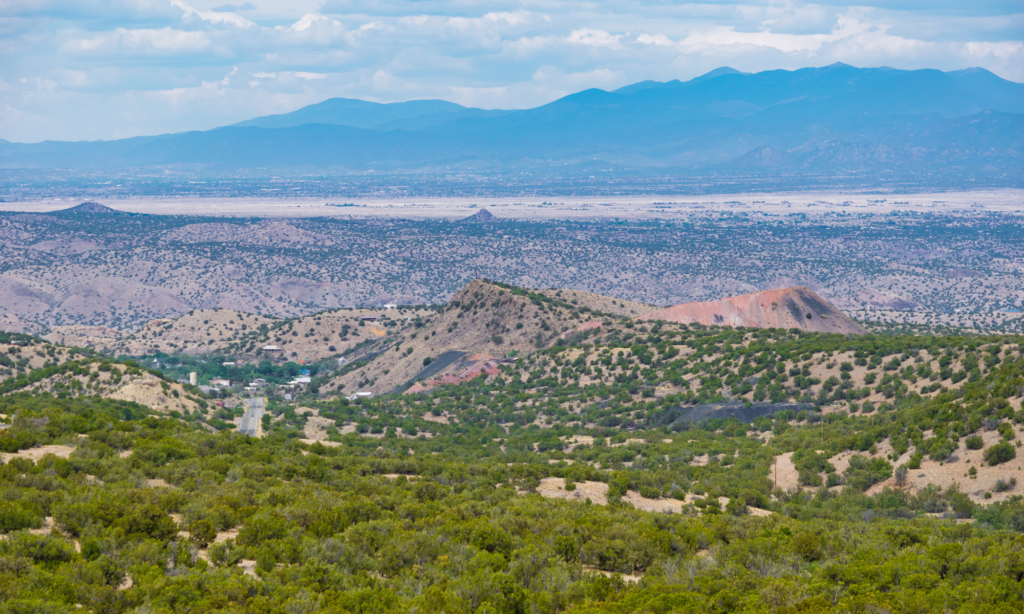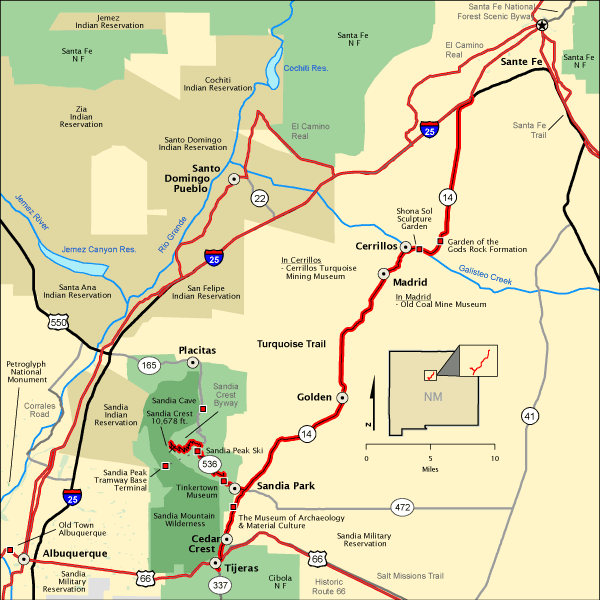
The Whispering Landscape: Unearthing America’s Enduring Legends
America is a young nation, yet its soil is ancient, steeped in a rich, often tumultuous, history that has given birth to a vibrant tapestry of legends. From the creation myths of its Indigenous peoples to the towering tales of frontier heroes, the chilling specters of colonial pasts, and the cryptic enigmas of modern lore, these stories are more than mere folklore. They are the collective memory of a continent, whispered through generations, carved into the landscape, and etched into the very identity of a diverse nation. In a land constantly reinventing itself, legends offer a tether to the past, a prism through which to understand our present, and a tantalizing glimpse into the enduring power of human imagination.
Our journey into America’s legendary heart must begin where the land itself first spoke – with the Indigenous peoples who walked these plains, mountains, and deserts for millennia. Their legends are not just stories; they are spiritual teachings, historical records, and moral compasses, deeply intertwined with the natural world. The Navajo, for instance, tell of the Diyin Dine’é, the Holy People, who shaped the world and taught humanity how to live in balance. Their creation story, an epic journey through various worlds, culminates in the emergence into the glittering Fourth World, our present reality, often guided by figures like Changing Woman, who embodies the cycle of life and renewal.
Similarly, the Pueblo peoples of the Southwest, with their ancient cities and profound connection to the earth, share tales of Kachinas – benevolent spirit beings who visit their villages, bringing rain and blessings. These legends are living traditions, performed in ceremonial dances, their meanings passed down from elder to child. They speak of emergence from the earth, of the sacred mountains that define their homelands, and of the vital, often fraught, relationship between humanity and the natural forces that sustain life.

It is in this same ancient Southwest, where the earth yields its most treasured hues, that one finds the potent intersection of Indigenous legend and later historical narratives: along New Mexico’s storied Turquoise Trail. This historic byway, stretching between Albuquerque and Santa Fe, is more than just a scenic drive; it’s a living archive of legends, etched into the very landscape and the spirit of its resilient communities. Here, the earth itself whispers tales of ancient peoples, Spanish conquistadors, and Wild West rogues, all drawn by the lure of its mineral riches, particularly the sky-blue stone that gives the trail its name.
For Native American tribes like the Ancestral Puebloans, Navajo, and Zuni, turquoise was, and remains, more than a beautiful stone. It is a piece of the sky fallen to earth, a sacred gem representing water, fertility, and protection. Legends abound of how turquoise came to be: tears of the sky, solidified drops of rain, or the bones of fallen gods. It was used in ceremonies, offerings, and as adornment, believed to hold protective powers and connect the wearer to the divine. The very act of mining it was often a spiritual endeavor, undertaken with reverence and prayer.
When the Spanish conquistadors arrived in the 16th century, their legends were of cities of gold – the fabled Cíbola and Quivira. While they never found streets paved with gold, they did discover the rich mineral deposits of the Cerrillos Hills, a major stop on what would become the Turquoise Trail. This area, with mines dating back over 1,000 years, became the first documented mining district in the United States. The Spanish, and later Mexican and American settlers, extracted not only turquoise but also lead, zinc, copper, silver, and gold. Their legends, then, became tales of lost mines, sudden riches, and the dangers of the unforgiving frontier. Ghost stories of miners trapped in collapsed shafts, or prospectors who vanished with their claims, still echo in the canyons and abandoned tunnels of the Cerrillos Hills, where modern-day prospectors still try their luck.
Moving eastward, the legends shift from the sun-drenched Southwest to the shadowed forests and bustling settlements of the colonial era. Here, the old-world fears of witchcraft and malevolent spirits collided with the anxieties of a new, untamed continent. The Salem Witch Trials of 1692-93 stand as a chilling testament to this, a dark chapter where paranoia and religious fervor birthed legends of spectral attacks and pacts with the devil, forever branding the Massachusetts town with a haunting legacy.
Further south, the mystery of the Lost Colony of Roanoke endures, a legend of an entire settlement vanishing without a trace, leaving behind only the cryptic word "CROATOAN" carved into a tree. Was it an attack by Native Americans? Assimilation? A desperate flight? The lack of answers fuels endless speculation, solidifying Roanoke as one of America’s most enduring and unsettling historical enigmas. Alongside these, tales of pirates like Blackbeard burying treasure along the Carolina coast, or restless spirits haunting old plantations, weave a rich tapestry of colonial legend, each story a reflection of the fears and fascinations of early American life.
As the nation expanded westward, the legends grew as vast and wild as the landscape itself. The frontier gave birth to a pantheon of folk heroes, larger-than-life figures whose exploits embodied the American spirit of ingenuity, resilience, and often, sheer exaggeration. Paul Bunyan, the colossal lumberjack and his blue ox Babe, carved out rivers and flattened mountains with a single swing of his axe, symbolizing the immense effort required to tame the wilderness. Pecos Bill, raised by coyotes, rode a mountain lion, lassoed a cyclone, and invented the cowboy way of life, becoming the quintessential hero of the American West. These tall tales, shared around campfires and in saloons, served to both entertain and to make the daunting task of westward expansion seem achievable, even heroic.
But the Wild West also had its darker legends: the outlaws whose names became synonymous with rebellion and lawlessness. Jesse James, Billy the Kid, and Butch Cassidy and the Sundance Kid became folk anti-heroes, their daring exploits and dramatic demises romanticized and embellished, blurring the line between criminal and legend. Their stories, often portraying them as victims of circumstance or champions of the common man against oppressive forces, continue to captivate, reflecting a persistent fascination with those who defy societal norms.
Back on the Turquoise Trail, the Wild West era left its indelible mark. Madrid, once a thriving coal mining town, experienced booms and busts, leaving behind stories of hard-living miners, saloon brawls, and the specter of dangerous work. After the coal played out, Madrid became a virtual ghost town before its resurgence as an artists’ community. Its deserted buildings and silent streets, particularly after dark, inspire tales of spectral miners still haunting their old haunts, and the echoes of a vibrant past. Cerrillos, another jewel on the trail, with its infamous 20 saloons and multiple brothels during its mining heyday, was a magnet for prospectors, gamblers, and outlaws, undoubtedly breeding its own collection of legends about quick fortunes, tragic losses, and violent encounters. The very names of the mines – "Cash Entry," "Grand Central," "Turquoise Boy" – whisper of the dreams and desperation that fueled the rush.
In the modern era, the landscape of American legends continues to evolve, often reflecting contemporary anxieties and technological advancements. The vast, unexplored regions of the Pacific Northwest became the stomping grounds for Bigfoot, or Sasquatch, a cryptid legend born from Indigenous folklore and fueled by blurry photographs and tantalizing footprints. The deserts of the Southwest, particularly around Roswell, New Mexico, became the epicenter of UFO sightings and alien encounters after a mysterious crash in 1947, giving rise to legends of government cover-ups and extraterrestrial visitors that persist to this day. Area 51, a secretive military base in Nevada, has become synonymous with alien research and advanced technology, fueling countless conspiracy theories and cementing its place in modern American mythology.
Why do these legends endure? What is their enduring power? They serve multiple purposes. Firstly, they are explanations. In a world often beyond our full comprehension, legends offer narratives for the unexplainable – the origins of a mountain range, the disappearance of a colony, the strange creature in the woods. Secondly, they are moral lessons, teaching courage, caution, or the consequences of greed. Thirdly, they are expressions of identity, both individual and national. The tales of rugged individualism and boundless opportunity woven into the frontier legends helped shape the American self-image.
Moreover, legends provide a connection to place. The Turquoise Trail, for example, is not just a road; it’s a conduit to the past, where every turn reveals layers of history and every town has a story. Driving it, one can almost hear the picks of ancient miners, the rumble of Spanish wagons, or the distant whistle of a coal train. The legends give the landscape a voice, turning mountains into ancient beings, rivers into lifeblood, and old buildings into silent witnesses to dramatic events.
In conclusion, America’s legends are as diverse and expansive as the nation itself. From the sacred narratives of its first peoples to the colonial specters, the epic sagas of the frontier, and the modern mysteries that haunt our collective consciousness, these stories are woven into the very fabric of the American experience. They remind us that history is not just a collection of facts, but a living, breathing narrative, constantly being retold, reinterpreted, and reimagined. Along paths like the New Mexico Turquoise Trail, where ancient earth, indigenous wisdom, and the echoes of pioneers converge, we are reminded that America is not just a country, but a story – an ongoing legend, perpetually unfolding. And as long as there are people to tell them, the whispers of the past will continue to shape the dreams of the future.



